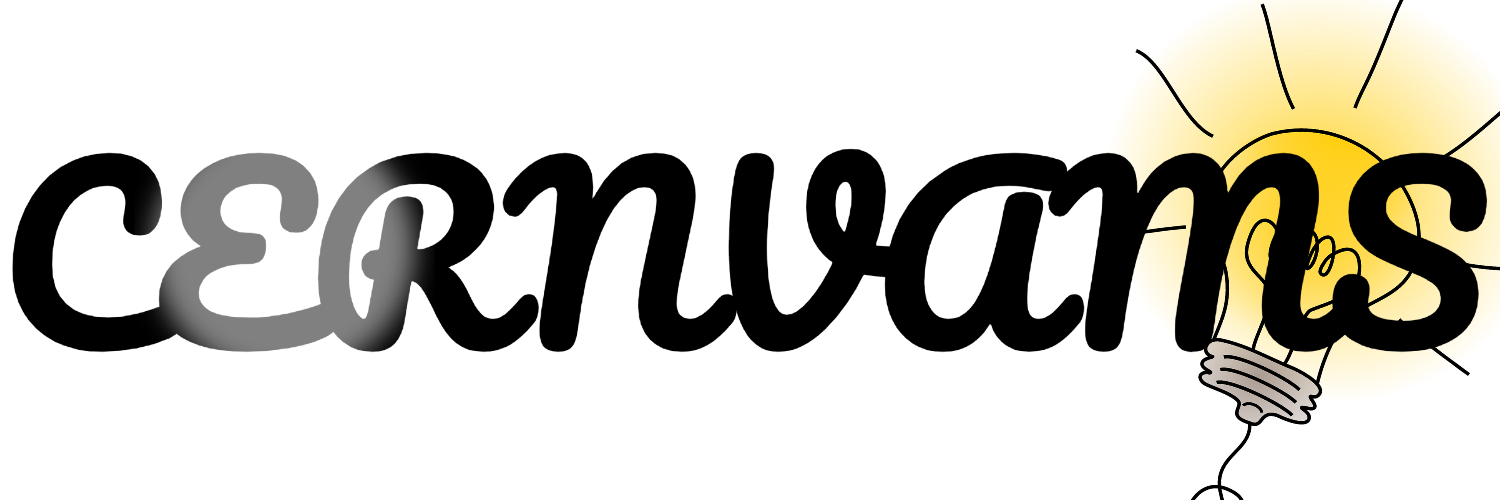Choosing the right operating system can significantly impact your computing experience. This guide provides an overview of popular operating systems, highlighting their key features, advantages, and disadvantages.
Operating Systems Overview
1. Windows [00:00:00]
A widely used operating system known for its compatibility with a vast range of software and hardware. It’s popular for both personal and professional use.
2. Mac OS [00:01:20]
Developed by Apple, Mac OS is known for its user-friendly interface, stability, and integration with Apple’s ecosystem. It’s popular among creative professionals.
3. Linux [00:02:24]
An open-source operating system offering flexibility and customization. It’s popular among developers and users who prefer control over their system.
4. Chrome OS [00:03:51]
A lightweight, web-based operating system designed for Chromebooks. It’s known for its simplicity and focus on online applications.
5. Android [00:05:03]
The most popular mobile operating system, used in a wide variety of smartphones and tablets. It’s known for its flexibility and app ecosystem.
6. iOS [00:06:03]
Apple’s mobile operating system, known for its user-friendly interface, security, and integration with Apple’s hardware.
7. Unix [00:07:07]
A family of multitasking, multi-user operating systems. It’s known for its stability and is often used as a foundation for other operating systems.
8. BSD [00:08:01]
A Unix-like operating system known for its stability and security. It’s often used in servers and embedded systems.
This overview provides a starting point for understanding the different operating systems available. The best choice for you will depend on your specific needs and preferences.
